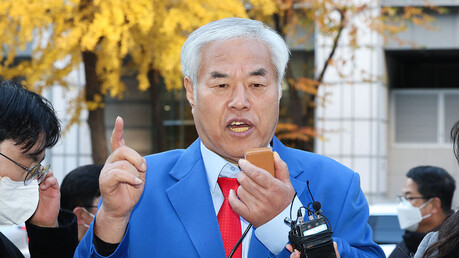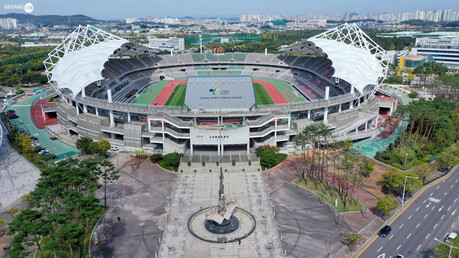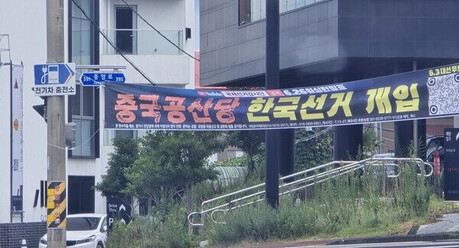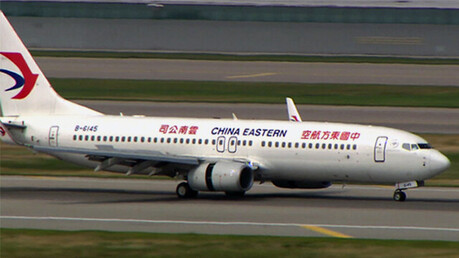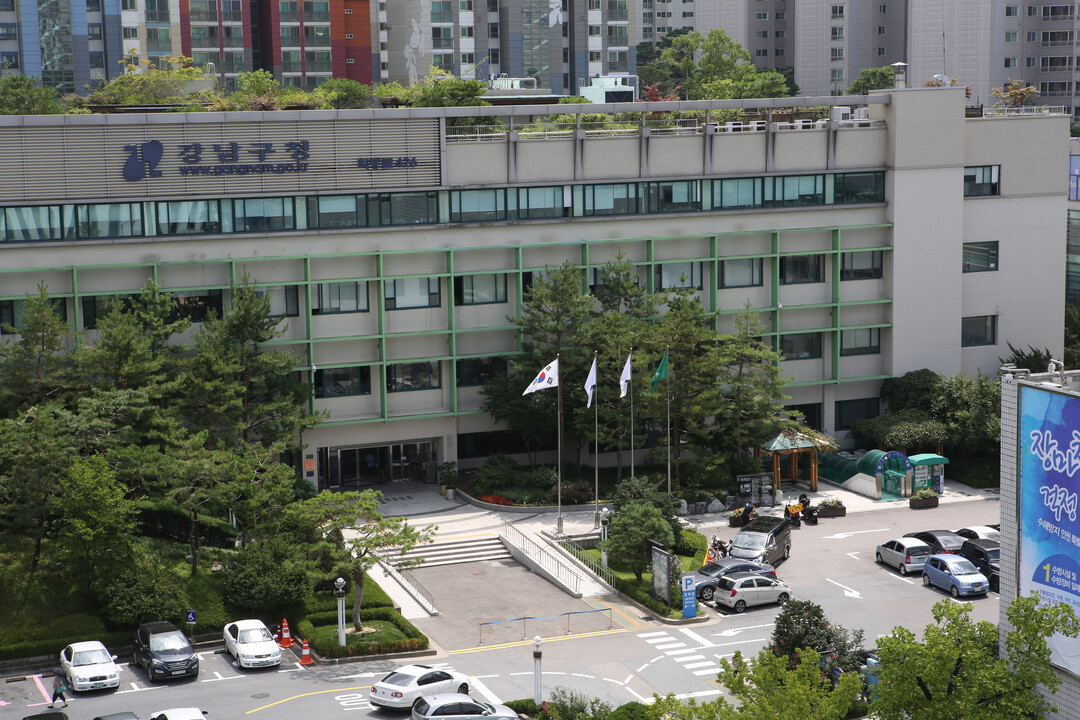
(C) Gangnam Districts
A recent analysis reveals that nearly half of South Korea’s high-ranking public officials, including National Assembly members, own two or more properties, classifying them as multi-homeowners. Significantly, over 40% of the residences these officials own in Seoul are concentrated in the affluent Gangnam, Seocho, and Songpa districts, collectively known as Gangnam 3-gu.
According to a study conducted by Leaders Index on November 18, which analyzed the most recent asset disclosure records of 2,581 elected and appointed officials ranked Grade 4 or higher, 48.9% (1,262 individuals) were found to possess two or more homes. Those holding three or more properties constituted 17.8% of the total. The survey included high-level government officials, general state public servants of Grade 4 and above, and executives of public-sector organizations obligated to register their assets under the Public Service Ethics Act, Article 3.
Of the officials' total declared assets, amounting to ₩5.7134 trillion, 58.7% (₩3.3556 trillion) was attributed to building assets. Residential properties, such as apartments, accounted for ₩2.3156 trillion, comprising 4,527 units. Apartments were the most common type, making up 58.9% (2,665 units), followed by detached houses (16.6%), complex buildings (8.6%), and officetels (6.9%).
The geographical concentration of these properties is heavily skewed toward Seoul, which accounts for 1,344 units, or 29.7% of the total. Gyeonggi Province followed with 781 units (17.3%). Reflecting Seoul's high real estate values, the capital's properties represent a striking 57.6% (₩1.3338 trillion) of the total asset value. Within Seoul, the concentration is most pronounced in the Gangnam 3-gu area—Gangnam-gu (229 units), Seocho-gu (206 units), and Songpa-gu (123 units)—which together hold 41.5% of all Seoul-based properties owned by these officials. Yongsan-gu trailed with 74 units.
When examined by job type, senior government officials held the highest average number of homes at 1.89 per person, closely followed by local government heads at 1.87 units. Officials from local councils and public/national research institutions each averaged 1.71 units. National Assembly members averaged 1.41 units. By political party, lawmakers from the People Power Party averaged 1.68 units, the Democratic Party of Korea 1.33 units, the Rebuilding Korea Party 0.67 units, and minor parties and independents averaged 0.8 units.
The public official with the largest number of properties among the surveyed group is Seoul Gangnam-gu Mayor Cho Sung-myeong, who owns a total of 42 units. Her holdings include one apartment in Gangnam-gu under her own name, 38 officetels in Goyang city, one officetel in Sokcho city, and two complex buildings in Gangnam-gu under her spouse's name.
Among National Assembly members, Park Min-gyu of the Democratic Party of Korea, representing Seoul Gwanak-gap, held the most with 13 units. His assets include one apartment in Seocho-gu co-owned with his spouse, 11 officetels in Gwanak-gu, and one complex building in Dangjin, South Chungche Province, under his own name. Cho Eun-hee of the People Power Party (Seoul Seocho-gap) owned 10 units, consisting of one home each in Seocho-gu and Eunpyeong-gu under her spouse’s name, and eight complex buildings. Other high-ranking officials with multiple properties in the Gangnam area include Ambassador to Ukraine Park Gi-chang (14 units), Prosecutor General's Office Director Seong Sang-heon (7 units), and Presidential Secretary Kim Sang-ho (6 units).
[Copyright (c) Global Economic Times. All Rights Reserved.]

















